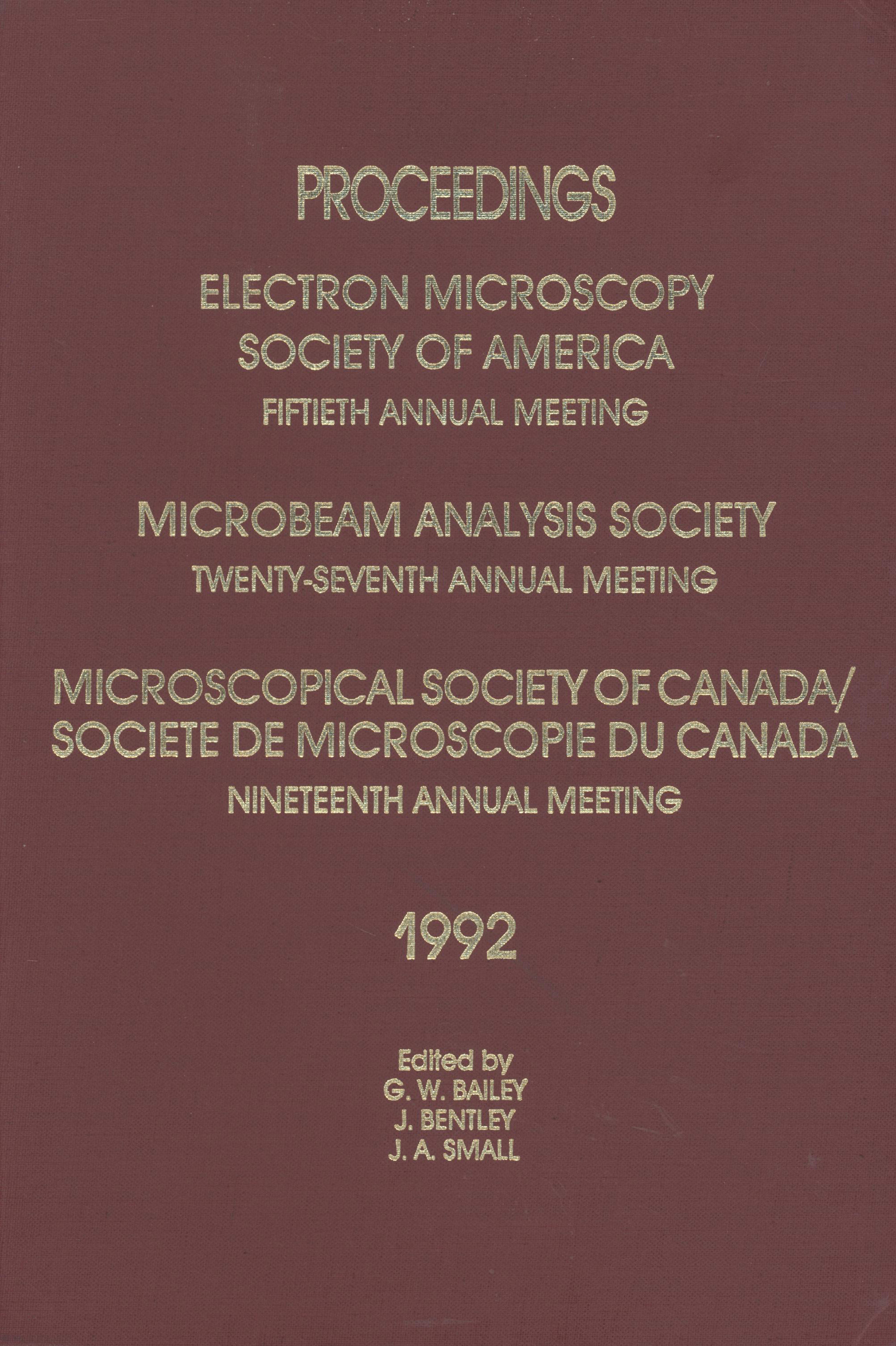Article contents
Copper-Beryllium Microstructures
Published online by Cambridge University Press: 18 June 2020
Extract
Recently, the late R. Shiromizu carried out studies to establish the limits of metastability in the Cu-Be system. Con-currently, we engaged in parallel research, but with a broader emphasis on the microstructures concomitant with quenching, aging and reversion. A complete report covering 0.16 to 2.1 wt.% Be will be published elsewhere; certain unique structures are presented below.
Alloys of >0.8 wt.% Be quenched from the α (f.c.c.) region exhibit weak {110} tweed strain contrast. Direct lattice imaging did not detect discrete particles in this condition, whereas rather high densities of {100} G.P. Zone plates in regular stairstep array were revealed after aging at temperatures well below the G.P.Z. solvus.
- Type
- Phase Transformation and Identification
- Information
- Copyright
- Copyright © Claitor’s Publishing Division 1975
- 1
- Cited by


